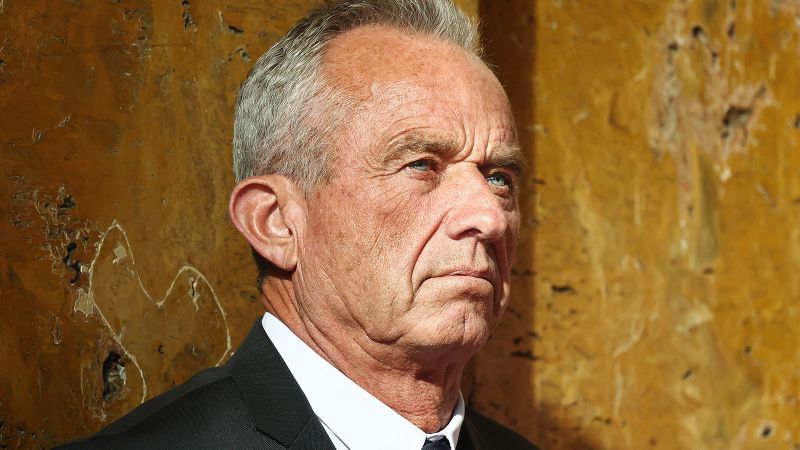Third-party and independent candidates like Robert F. Kennedy Jr. are polling surprisingly well in early polls for the upcoming presidential race, indicating a level of dissatisfaction with the major party candidates, Joe Biden and Donald Trump. In recent polls from various sources, Kennedy received an average of 13% support when explicitly included in the survey question, with Cornel West and Jill Stein also receiving some support. Given the tight race between Trump and Biden, even a fraction of support for third-party candidates could have an impact on the election outcome.
Historically, polling tends to overestimate support for third-party and independent candidates. Voters who express interest in these candidates may be signaling their discontent with the major party candidates rather than a genuine commitment to the alternative. Given the unpopularity of the major party candidates this year, this sentiment of dissatisfaction with the system is likely more prevalent than actual support for third-party candidates.
Public sentiment for new political alternatives has not often translated into tangible support for specific movements. While many Americans express a desire for a third major party, they still tend to vote for major-party candidates in elections. Polling on third-party and independent candidates can be challenging due to the difficulty of accurately gauging support among voters who may be expressing discontent rather than true support.
There are several reasons why polling on third-party and independent candidates is particularly tricky this year. Dissatisfaction with the major party candidates is high, as shown by a recent Gallup poll where a significant portion of respondents did not find either Trump or Biden to be suitable for the presidency. Additionally, polling can provide insight into the level of awareness and depth of knowledge voters have about third-party candidates like Kennedy.
The level of ballot access for independent candidates, including Kennedy, is still uncertain as each state has its own process for candidates appearing on the ballot. With the shift towards online polling, capturing off-the-cuff responses from respondents has become more difficult, making it challenging for pollsters to accurately estimate support for third-party candidates. Using experimental approaches can help to differentiate between genuine support for third-party candidates and more general discontentment.
Public pollsters are adapting their methods to account for the presence of third-party candidates in polls, aiming to provide a clearer picture of public sentiment. However, the evolving nature of polling methods and the complexity of voter sentiment make it difficult to predict the outcome of the upcoming election with certainty. Polls may provide snapshots of public opinion at a given moment, but they may not fully capture the complexity and uncertainty surrounding support for third-party and independent candidates in the presidential race.


